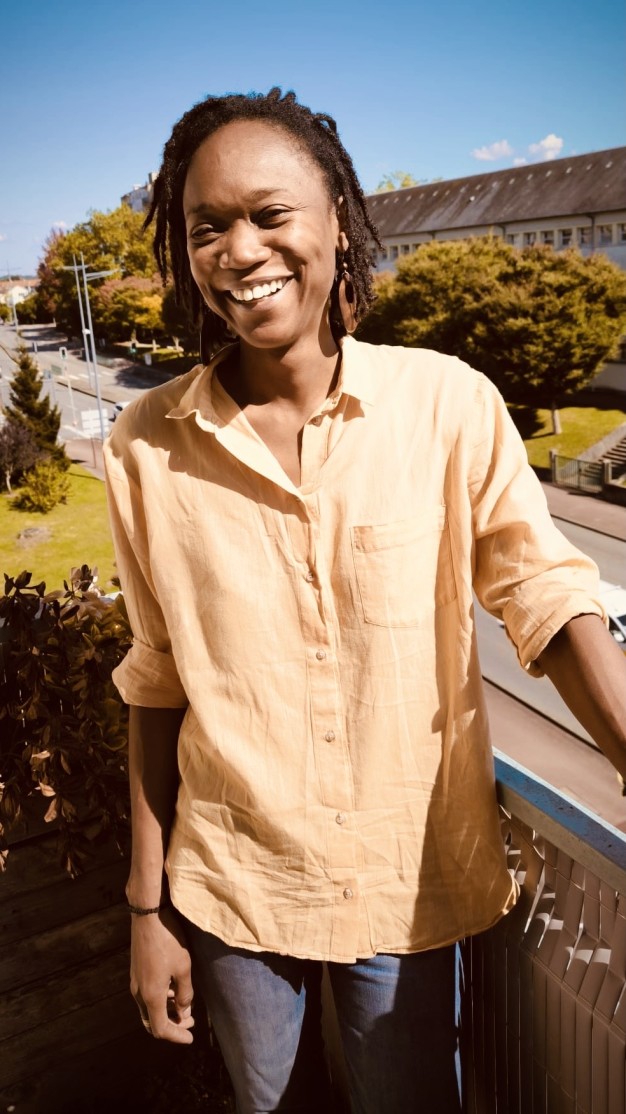Featured Fellow: Lyne Hervey-Passée (2024-2025 David Center for the American Revolution International Fellow)
The Library & Museum at the American Philosophical Society supports a diverse community of scholars working on a wide-range of projects in fields including early American history, history of science and technology, and Native American and Indigenous Studies, among others. Additional information about our fellowship programming and other funding opportunities can be found here.
Briefly describe your research project and collections used at APS
As part of my creative research on Counter-hegemonic Discourse and Visual Writing in Thomas Paine’s texts, I was awarded a fellowship from the David Center for the American Revolution at the American Philosophical Society (APS). I furthered my research with the Thomas Paine Papers, which are part of the Colonel Richard Gimbel Collection. As a doctoral student at the universities of Paris 8 and Limoges, during my fourth year of study I travelled to Philadelphia since Paine, considered by some researchers to be one of the Founding Fathers, lived there. From October to December 2024, I had access to a large number of documents held by the APS, which had a considerable impact on my creative research.
Creative research is a practice that focuses in particular on the creative methods that can be used to present research in a different way, in an academic setting. In my case, I am an author doing a thesis in creative writing. Using the texts of the historical figure of Thomas Paine as a starting point, I am looking at how to create something based on his life and writings. How do you bring Paine to life, and how do you show, through a thesis, this experience of a creative researcher traversed by the writings of a thinker and pamphleteer who disappeared over 200 years ago? The documents contained in the Thomas Paine Papers relating to artistic productions, such as 18th-century caricatures and theatre posters, as well as poems in praise of Thomas Paine, were invaluable resources for my work.

What was a highlight of your fellowship?
On October 22nd, I presented my research-creation to the staff of the APS and to researchers. This presentation, which I entitled Thomas Paine through creative writing, was a defining moment for my work, because I realized the extent to which creative research was valued in the United States, in the sense that during this “Brown Bag” presentation I was strongly encouraged to introduce my work to other institutions in the country. The Brown Bag presentations, whether for my own work or that of other researchers, were rich learning experiences, as I was able to come face to face with different methodologies that have served me well in my own work. I am thinking in particular of the contribution made by one of the researchers, Dolma Ombadykow, who gave me sound advice on the form my creative research might take, and Professor Zara Anishanslin, who told me about the creative research residencies on offer at Winterthur College. All the discussions at these “Brown Bags” as well as the feedback of the members of the APS’ staff helped me to broaden my field of vision in order to include other areas of expertise.

